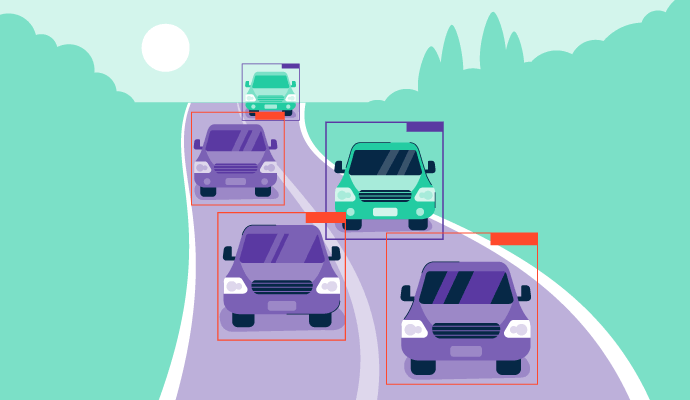What is image segmentation?
Image segmentation is a computer vision technique that divides an image into various parts or pixels based on certain characteristics, such as color, texture, and intensity. By dividing the image into groups of pixels, the image can then be processed and analyzed further.
Image recognition software is used for image segmentation, as these tools identify objects or features within an image. By utilizing deep learning algorithms to classify and localize objects in images. Once objects are identified, algorithms are applied to precisely depict the boundaries and separate them from the background or other objects.
Think of image segmentation as if you were putting together a puzzle, but instead of fitting the pieces together, you're breaking the image into pieces. These pieces, or segments, represent different objects or sections within the image. This process allows computers to understand and analyze the content of images more effectively.
Image segmentation has numerous applications across various fields. For example, when it comes to autonomous driving, it helps identify pedestrians, vehicles, and road signs for safer navigation. It can also enable tasks such as object tracking, scene understanding, image editing, and medical diagnosis by providing detailed information about the composition and structure of images.
Discover more about object detection, the different types, and how it works.


